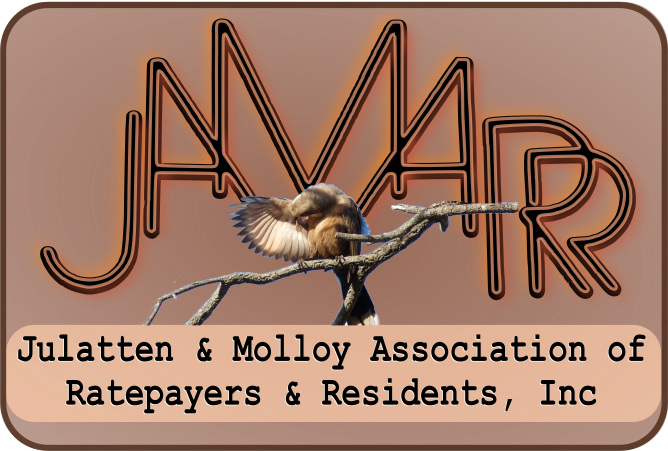Transport & Main Roads provide Average Annual Traffic figures
At the Feb 2014 meeting meeting members voted to send a query letter to Hon Scott Emerson, Minister for Transport and Main Roads to follow up on a matter that had been troubling the community since Quinton Hildebrandt (Mackay Sugar CEO) addressed us in May of 2013.
When pressed about the impacts that having a heavy vehicle rolling through our communites every 6 minutes, 24 x 7 for half of the year, Quniton calmly noted that Mackay’s proposal represented “a 10% increase in traffic.” Gasps of disbelief followed, as anyone who is the least familiar with this area knows that even in high tourist season the roads are quiet for long periods, especially at night. The landscape, the people, and the creatures all get a welcome break and chance to rest up before traffic resumes.
Mackay however continued with this line for months. Mossman boss Hadyn Slattery quoted the same figures in prviate meeting with Council and police representatives. Clearly the intent is to give the impression that Mackay’s trucks are just a marginal increase over existing traffic.
When pressed for the source of their information, Mackay referred vaguely to “these are the figures we received from the State”.
JAMARR wrote to the local DTMR office (c/o Tony Potter) back in Oct of 2013, but did not receive the courtesy of a reply. Thus we pressed onward to the Minister.
In mid March the Minister replied with some figures. They give AADT (Annual Average Daily Traffic) figurers for Byrnes St, Mulligan Hwy to Molloy, and either end of the Mossman-Molloy road which includes the Rex Range. They provide figures for both total traffic and heavy vehicles.
Clearly the community is concerned about heavy vehicles. So any honest assessment of Mackay Sugar’s impact ought to start with that in mind. Apparerntly Quinton thought we were not capable of doing maths? While it may be true that some of us struggle with numeracy, anyone with a shred of decency would acknowledge that quoting a “10% increase” is an attempt to hide the facts.
The State reckons that significantly less than 220 heavy vehicles would be transiting the Rex Range on an average day. Mackay will add *240* new heavy vehicle movements, so that’s at least a 100% increase.
And keep in mind that the State’s figures are given as “Annual Average Daily Traffic”. This is the standard means for discussing road usage, apparently. However, an annual average gives a poor picture of the real situation. Anyone with the slightest familiarity with the area knows that traffic increases 5-10 times during the dry season. This peak season is exactly when Mackay is proposing to contribute their 42,000 additional heavy vehicle movements. Suggesting that the annual average gives an accurate picture is like someone putting your head in an oven and your feet in the freezer, and then declaring you must be comfortable because the *average temperature* is quite pleasant.
Although heavy vehicle traffic may only increase by a factor of 2 during the dry season, the roads are loaded with tourists and slower drivers, making the “hazard density” much higher than the annualised traffic figures suggest.
Clearly the public would benefit from a proper road safety audit, something that should have been done as a condition of permitting Mackay’s industrial expansion in the first place. And it’s time Mackay came clean. Their spin on the numbers seems to be nothing less than a deliberate attempt to hide the dangers that they are responsible for.

